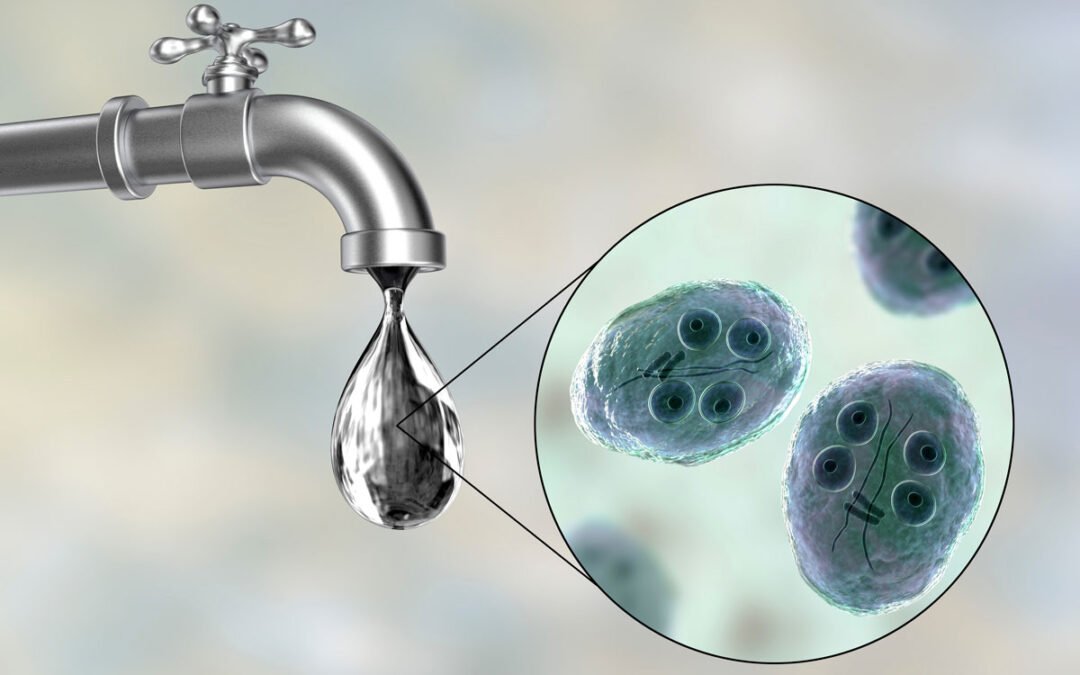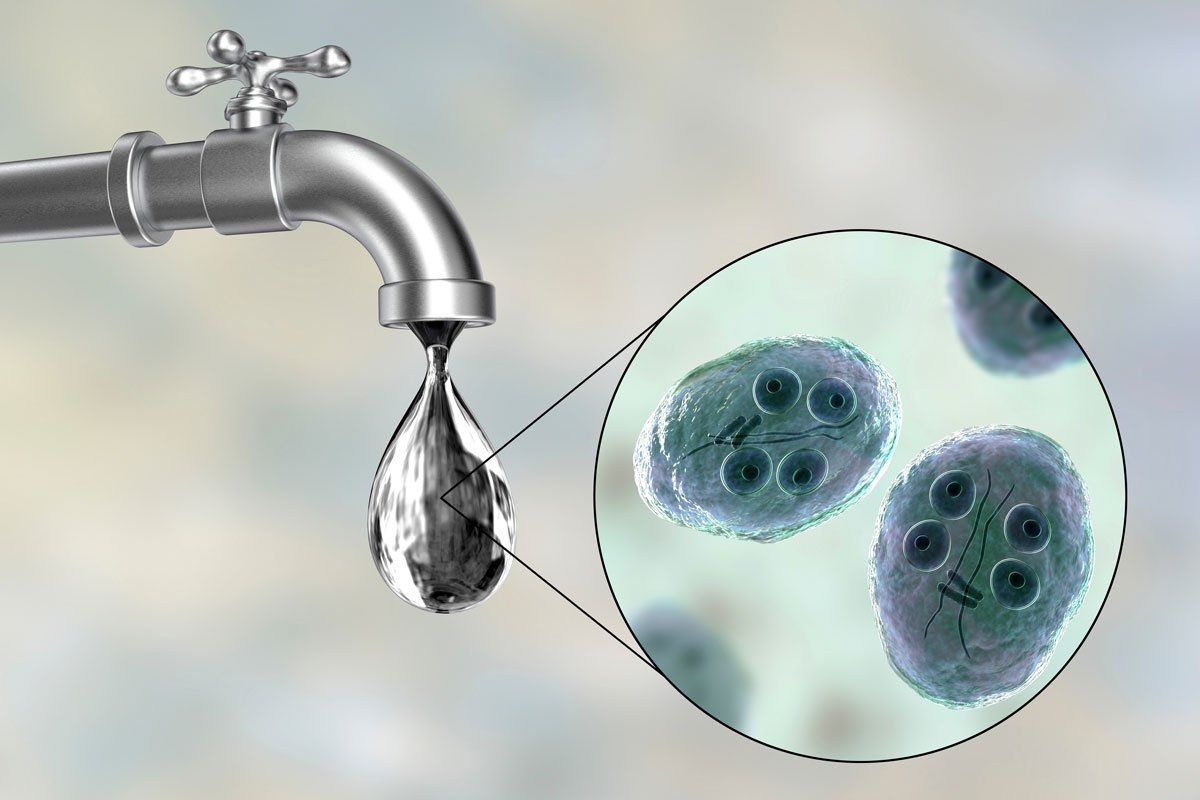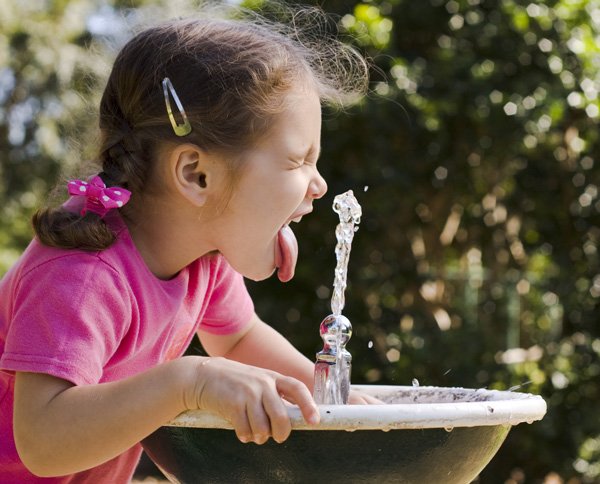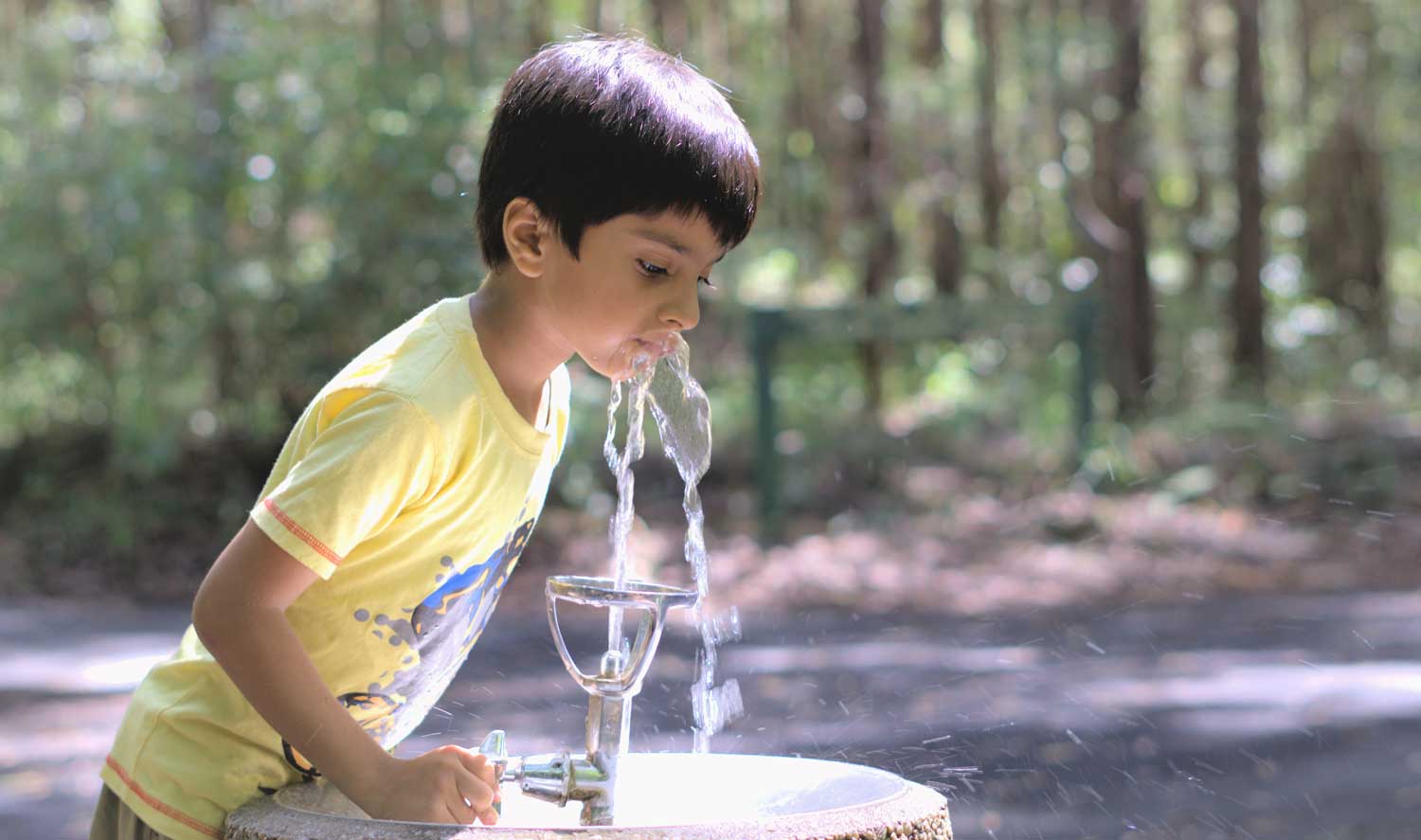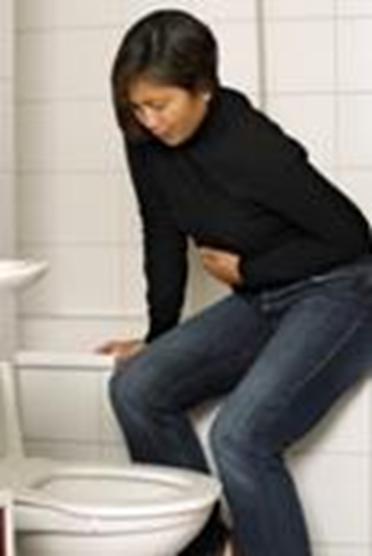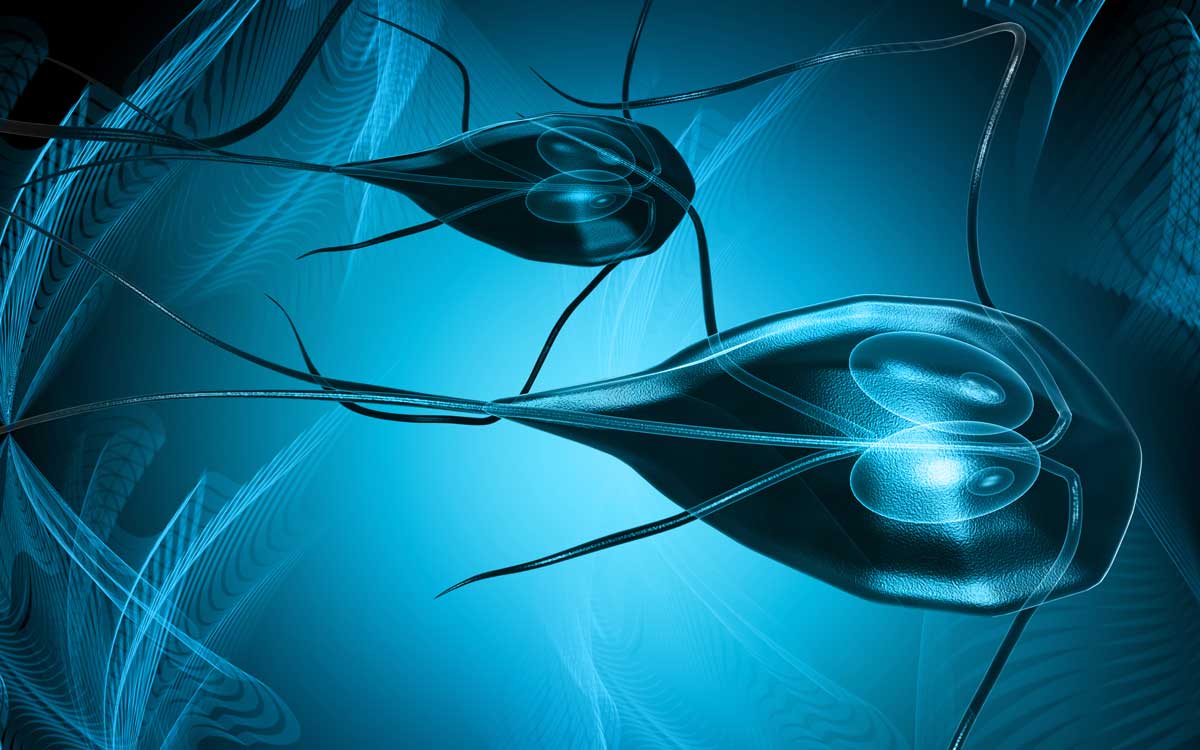
Cool, Clear Water
Cool, Clear Water
Drinking water is important to humans. Adults lose about 10 glasses of water daily. Some is replenished in the food we eat, and some is renewed in beverages, however the majority of is replenished in the kind of drinking water.
Some individuals are declaring that room-temperature drinking water is the only great water. Others claim it must be warm– or icy– or cold drinking water. Who is right?
In “Cool Water”, song writer Bob Nolan sings:
All the time I deal with the barren waste
Without the taste of water,
Cool water.
Old Dan and I, with throats burned dry,
And souls that weep for water,
Cool, clear, water.

Cold Drinking Water
Old Dan and his rider were dying for cold drinking water. A few days without water, and both would actually be dead.
The human brain is 95% water and human blood is 82%. Old Dan’s rider would show indications of dehydration if he lost as little as 2% of his body’s water.
They required drinking water– ideally, cold drinking water.
Why Cold Drinking Water?
You might have heard that drinking water should be taken warm, even in heat. There are benefits, however, to picking cold drinking water.
- It is more revitalizing.
- It is more quickly taken in into your blood.
- It may burn more calories.
- It has no calories, unlike other beverages.
Myths about Cold Drinking Water
For several years, individuals have actually circulated numerous myths about cold drinking water. These have no scientific basis, but are provided here for your details.
Myth # 1: Cold drinking water after meals causes cancer by solidifying consumed fat, slowing digestion, and lining intestinal tract walls with the fat. Really, temperature counteracts any impacts of cold food or water.
Myth # 2: Cold drinking water after consuming fruit is bad for you. This one, around considering that a minimum of 1923, is probably based upon the reality that excessive drink, at any temperature, may dilute digestion juices.
Myth # 3: Cold drinking water harms fragile stomach lining. Presently on the Internet, this has no fact. Stomach lining is very robust, as it must be to withstand the highly caustic digestive acids.
For many years, health experts have suggested that average adults have at least eight glasses of water daily. That quantity must be increased if you exercise, if the weather condition is hot, or when humidity is low. Overweight grownups, who need more water, ought to add an extra glass for every 25 pounds of excess weight in order to speed metabolic process.
The body needs water, and the most crucial question for the majority of people is not whether the water should be warm or cold, but whether they are consuming enough.
Some is replenished in the food we consume, and some is renewed in beverages, however the majority of is replenished in the type of drinking water.
Some people are declaring that room-temperature drinking water is the only excellent water. Others declare it needs to be warm– or icy– or cold drinking water. Old Dan’s rider would show signs of dehydration if he lost as little as 2% of his body’s water. * Myth # 3: Cold drinking water damages delicate stomach lining.

